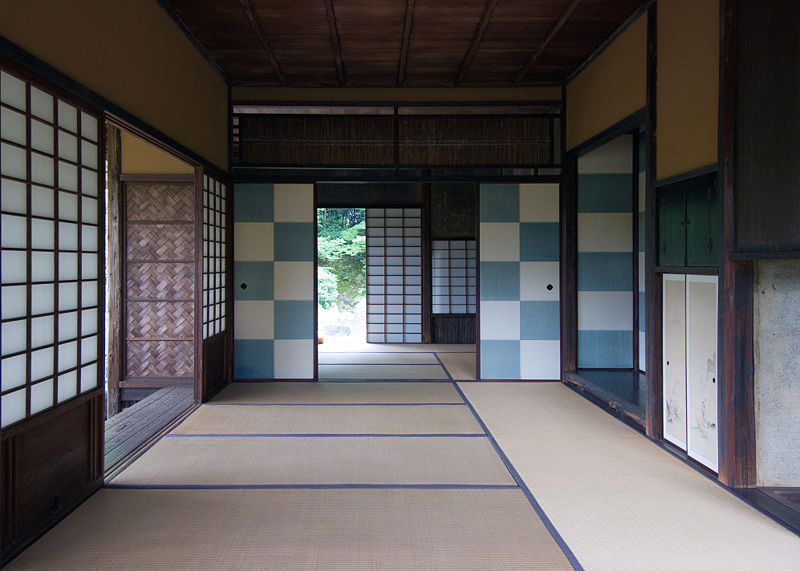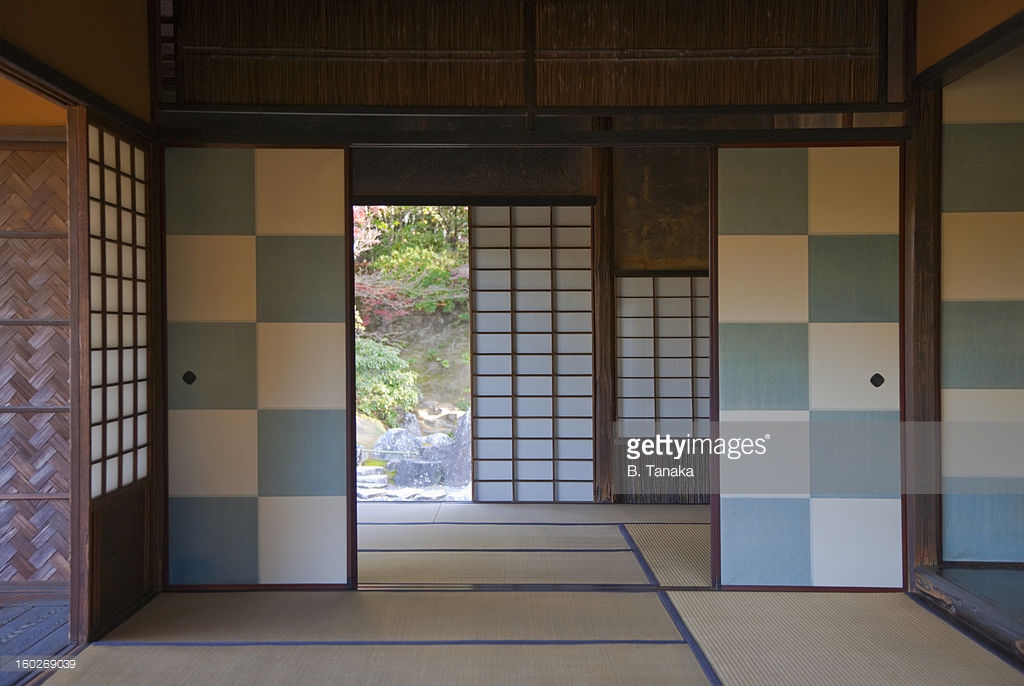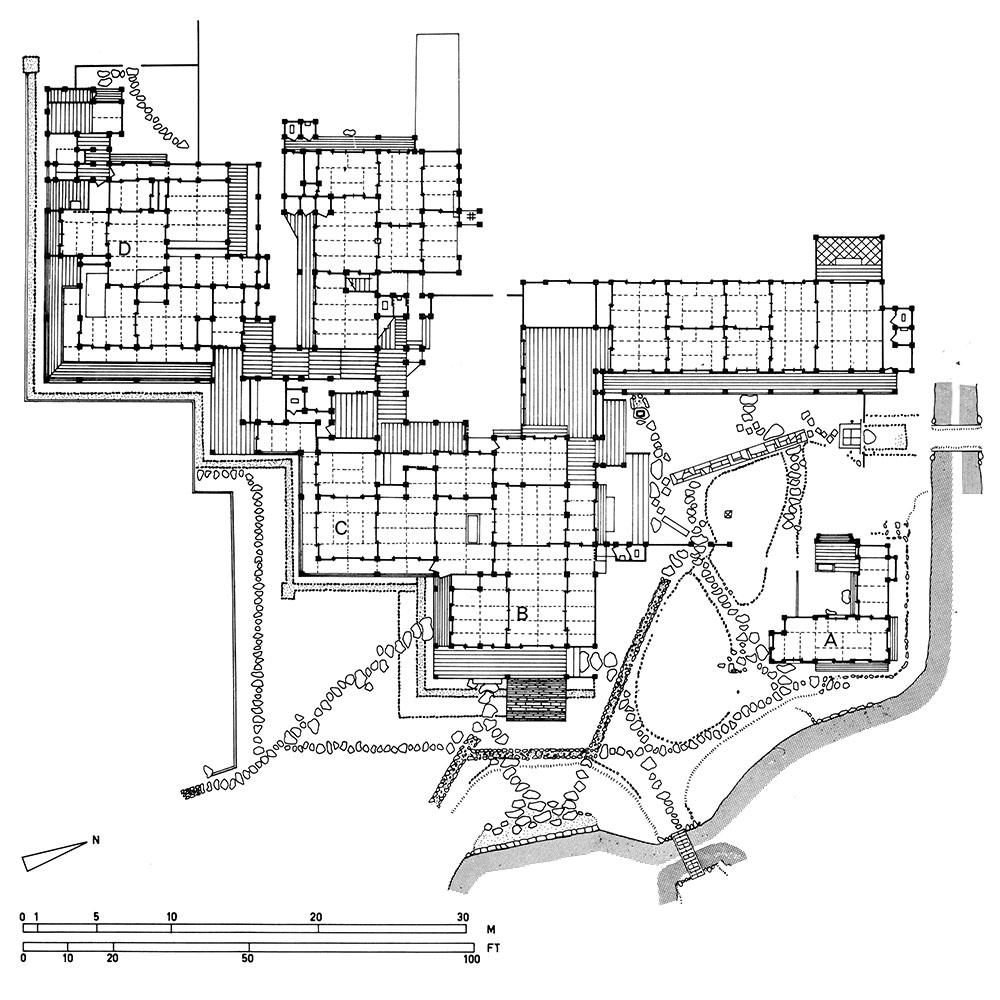Katsura Imperial Villa (1620), Zashiki and Tatami
Artist/Designer: Kobori Enshu
Project Location: Kyoto, Japan






Style/Period(s):
Vernacular
Primary Material(s):
Wood
Function(s):
Residential Structure
Related Website(s):
Significant Date(s):
13th Century, 17th Century
Additional Information:
Katsura Imperial Villa 17th Century, Kyoto,Japan
https://en.wikipedia.org/wiki/Tatami#History:
Rooms completely spread with tatami came to be known as zashiki (座敷, lit., room spread out for sitting), and rules concerning seating and etiquette determined the arrangement of the tatami in the rooms.[3] It is said that prior to the mid-16th century, the ruling nobility and samurai slept on tatami or woven mats called goza (茣蓙), while commoners used straw mats or loose straw for bedding.[4]
The Kamakura period (鎌倉時代 Kamakura jidai?, 1185–1333
http://www.sengokudaimyo.com/shinden/Shinden.html
Viewers should treat all images as copyrighted and refer to each image's links for copyright information.